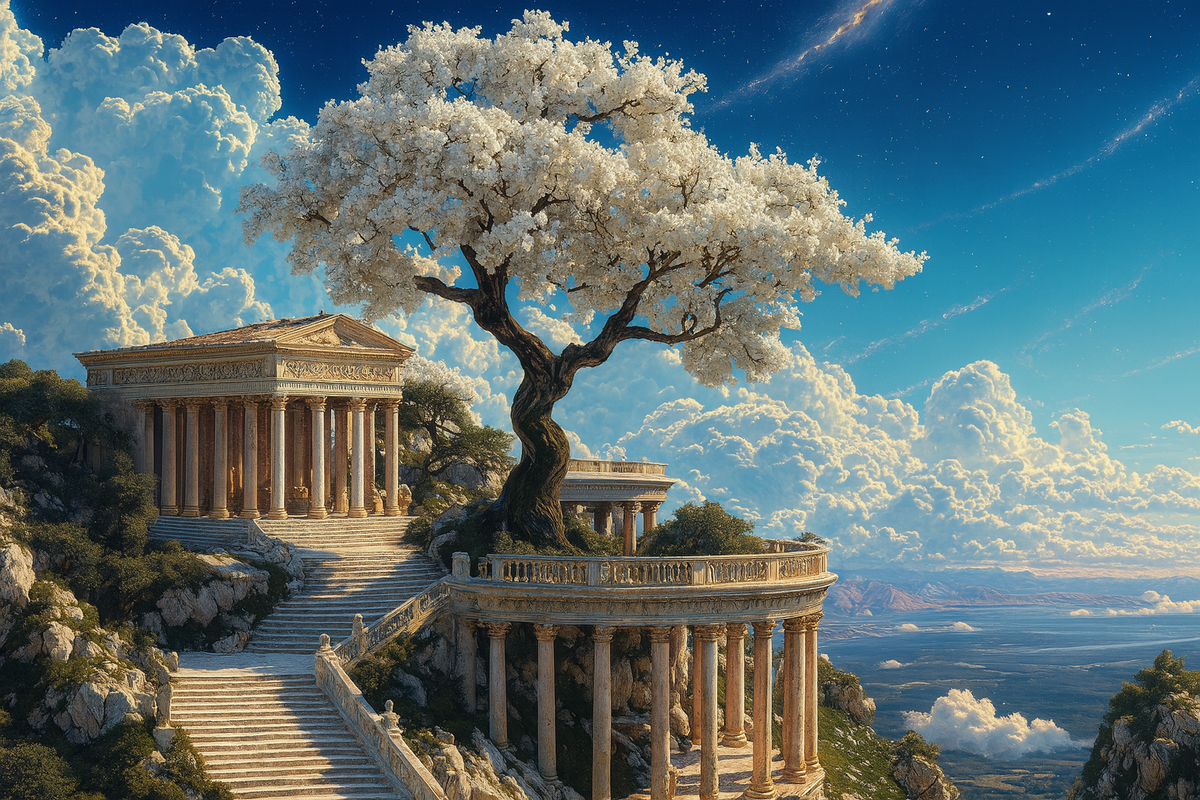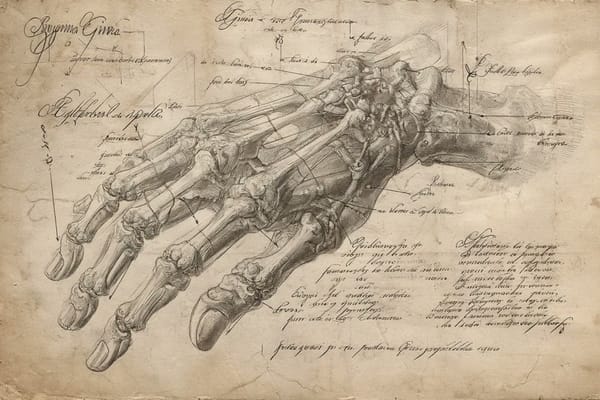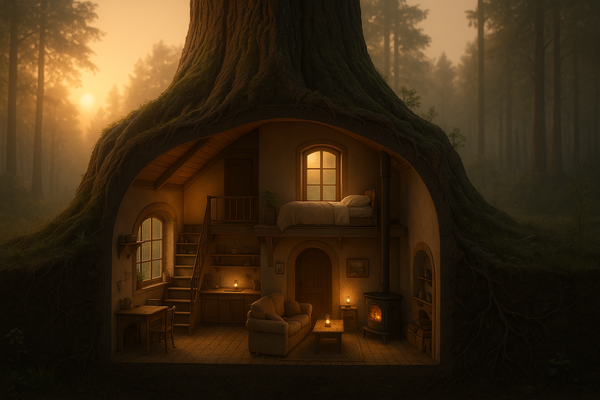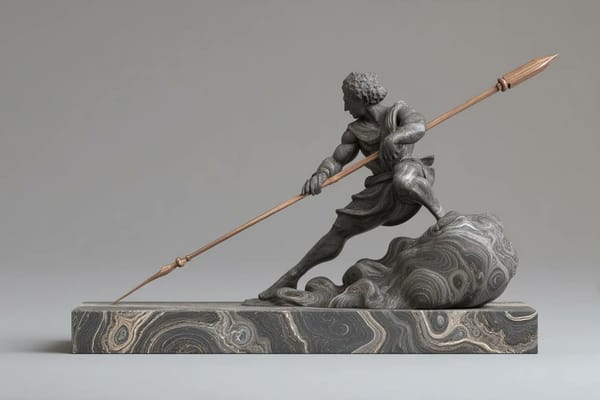The Community Architect: builder of humans, not just tech

Let's start with something obvious but always forgotten:
An audience is not a community.
An audience is passive. They watch, they listen to you, they clap but they are not loyal. When troubles arrives (when the chart is bleeding), there's no audience anymore, it disappears.
A community is different.
Community is what stays when everything else crashes.
I saw it many times in crypto. In 2017, 2021 and again in 2024 & 2025. A project is hot, everyone loves it, VC money flows, influencers shill. But when the hype dies? Silence. Discord is a cemetery, founders disappear, the mission becomes pivot, no soul remains.
Chapter 1: Story First, Token Later
In the beginning of a great community, there was the Story.
Before you launch the Discord, before the mint, before the tokenomics, even before the whitepaper... you need a story.
Not a generic story like "we will disrupt finance".
No, a human story.
A reason why your project exists. A vision people can feel. A problem people hate. A dream people want to fight for.
If you project is only about making money, you will only attract people who want to make money. These people don’t stay. They follow the green candles. They don’t care about you. And I don’t blame them. It's part of the game, but be aware.
But if your story touches something deeper: freedom, belonging, fun, curiosity, then you attract something else: builders, fans, rebels, weirdos. The real ones.
Your story doesn’t need to be big. But it needs to be real, real stories attract real humans.
Chapter 2: Treat the Community Like Owners
This is where many crypto projects fail, they say “community first” but act like landlords.
You cannot say people are your community and then ignore them.
- If they build memes, give them a role.
- If they find bugs, reward them.
- If they create cool tools, onboard them.
Let me be simple:
Ownership is not airdrops.
Ownership is not “you can vote in governance if you stake 10,000 tokens”.
Ownership means people feel like this project is partially theirs.
How to do that?
- Ask for feedback on token utility.
- Ask which application or features they would like.
- Give them the chance to build tools around your protocol.
- Share decision-making, even when it’s not perfect.
It will be messy, yes.
But your project will be alive.
Chapter 3: The Difference Between a Party and a Classroom
Your community is not just here to speculate.
They want to learn. They want to laugh. They want to do things.
That’s why your job is not only to inform. Your job is to create energy.
You need three ingredients:
- Activities: Events, quests, challenges, games, AMAs. Give people something to do.
- Fun: Memes, inside jokes, playful culture. Take crypto seriously, but not yourself.
- Education: Teach what you know. Make people smarter. Help them grow.
A good community feels like a mix between a party and a classroom. In DeFi, I’ve seen some of the most boring communities. Everyone speaks like lawyers. But also, I’ve seen genius education projects that use memes and games to teach liquidity provision. This is the new way.
When you combine activity, fun, and education, people stay. They form habits. They become part of something.
Chapter 4: Audience vs. Communtiy
Let’s be clear:
Audience = consumers
Community = co-creators
Audience listens. Community speaks.
Audience is fragile. Community is anti-fragile.
Audience waits. Community builds.
Most marketing teams in crypto focus on audience growth: Twitter followers, YouTube views, email open rate.
But audience is a wind. It comes, it goes.
Community is a campfire. You build it, feed it, protect it.
Don’t confuse the two. If your Discord is silent and your tweets get 1 like, you don’t have a community. You have an audience that left.
The day you ask, “What should we do next?” and people answer, debate, propose. That’s when you start to have a community.
Chapter 5: Time, Consistency, Creativity
You want the secret sauce?
There is no hack. No template. No tool that will do the work for you.
What builds a real community?
Time. Consistency. Creativity. Like growing his personal brand.
- Time because trust takes months, not days.
- Consistency because people want rhythm. Weekly call. Monthly update. Regular vibes.
- Creativity because Web3 is weird. The ones who win are the ones who try new things.
People don’t join you because you raised money.
They join because you have a great product and you consider them in terms of attention and incentives.
Do things that don’t scale:
- DM your most active members.
- Write personal messages.
- Organize a community call.
- Share your doubts and questions, ask for feedbacks.
- Over communicate with them.
Chapter 6: How to Actually Start
- Start with 5 people: find 5 people who believe in your project and want to be part of it. Treat them like co-founders and give them visibility.
- Open the right channel: don’t open 30 channels in Discord. Open 3 general channel: chat, ideas, memes. Start small. Too much structure kills the vibe.
- Create rituals: weekly call, meme contest, monthly Q&A. Choose 1-2 rituals and repeat them. Rituals = rhythm
- Celebrate contribution: Shoutout your members. Highlight what they do. People stay where they feel seen.
- Be honest: If you don't know something, say it. If you're afraid, say it. Vulnerability builds trust.
- Design roles: Create meaningful roles. Not just "Mod" but "Onboarding Wizard", "Vibe Guardian", "Meme Lord".
- Give tools, not orders: instead of telling people what to do, give them tools to do what they want. Templates, guides, open calls. Trust the chaos
Chapter 7: You are not building a project, you are building a Village!
You are not building a tech product. You are building a village.
A place where strangers become friends. Where nerds become leaders. Where people who never met in real life feel they belong.
If you succeed, your community will do more for you than any VC. They will market. They will build. They will protect & defend you.
But only if you start with story, treat them like owners, give them activities, and show up with time, consistency, and creativity.
And when the next bear market comes (and it will come), your token may go down, but your community will still be there, around the fire, waiting for the sun to rise again.
Make them feel seen, make them rich.




